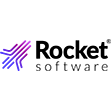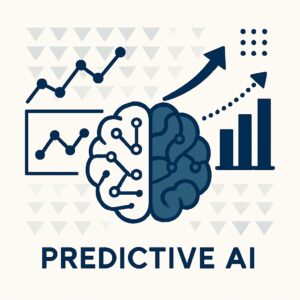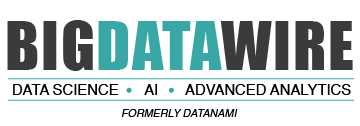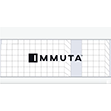
Inside Kumo’s Plan to Scale Predictive AI Across Business Data

Source: Shutterstock
As enterprise GenAI adoption continues to surge, another equally transformative, but often less visible shift is happening – the rise of predictable AI built on structured data. While much of the recent innovation has focused on unstructured data, like visual AI and chatbots, structured data remains the backbone of business operations.
Emerging in this rapidly evolving space is Silicon Valley startup Kumo – a platform that offers AI models for relationship data. This refers to structured data stored in tables, such as customer profiles, transactions, and product catalogs. The value with such data lies not just in the individual records, but in the relationships between them.
Kumo focuses on making structured data predictive. However, instead of building a new machine learning pipeline for every use case, the startup aims to enable data teams to generate those predictions directly from their data warehouse. The aim is to shift predictive modeling from isolated projects to a centralized layer that sits within the enterprise data stack.
The startup is advancing that goal with its latest release: a pre-trained model known as the Relational Foundation Model, or KumoRFM. While Kumo has been working with structured data since its inception, leveraging Graph Neural Networks (GNNs) and Relational Deep Learning (RDL) to analyze relational data, the introduction of KumoRFM represents a significant evolution.
Previous tools required task-specific model training. With KumoRFM, however, users can generate accurate predictions across a wide range of tasks directly from relational databases – without needing to train a separate model for each use case.
The startup first introduced its predictive AI platform in 2023. It featured SQL-like querying and aimed to simplify predictive modeling. KumoRFM builds on that platform, offering a zero-shot version built to deliver instant predictions across a wide range of business tasks.
Kumo claims that with the new tool, the platform offers 20x faster time to value and delivers 30-50% higher accuracy compared to traditional approaches. Typical use cases include trend recommendations, identifying customer churn, and detecting fraudulent transactions.
Just like how OpenAI’s ChatGPT understands patterns in language to predict the next word in a sentence, KumoRFM analyzes patterns in business data for its predictive modeling. For example, it can relate how different records and customer behaviors are linked to each other and use that understanding to predict future business outcomes.
“To make predictions and business decisions, even the largest and most cutting-edge companies are using 20-year-old machine learning techniques on the enterprise data inside their data warehouses,” said Jure Leskovec, Co-Founder and Chief Scientist at Kumo. “Extending Transformer architecture beyond natural language took significant innovation and investment. We’re proud to bring to enterprise data what GPTs brought to text, and at a fraction of the cost.”
Kumo was founded in 2021 by three PhDs who have held key positions at Pinterest, Airbnb, LinkedIn, and Stanford. The founders recognized that building predictive models for structured data required extensive feature engineering and model development. This often led to prolonged development cycles and limited scalability.
Their solution was to develop a platform that simplifies the process by automatically converting relational data into graph structures and applying GNNs for predictive modeling. The methods used in Kumo help reduce the need for manual feature engineering. As a result, users can get more accurate predictions directly from existing data warehouses like Snowflake and Databricks.
“AI tools like chatbots and content generators have shown what’s possible with language, but there’s a missing piece when it comes to enterprise data, and KumoRFM fills that gap,” said Vanja Josifovski, Co-Founder and CEO at Kumo. “The game changes completely when AI connects with business data. That’s when we see the needle move. Real numbers, real ROI, and real business impact.”
When Kumo emerged from stealth with $18.5 million in Series A funding in 2022, it shared, “In application, Kumo co-founders saw the incredible power of graph learning for AI and business ROI — and also the incredible effort to implement a single, production-quality predictive model. With Kumo, the team aims to solve this problem by making graph learning easy to use – so any business can leverage the power of graph-based AI.”
According to Kumo, data scientists and engineers can use the latest version of the platform to train more accurate models in up to 95% less time than traditional ML methods or LLM-based workarounds. Last year, Kumo shared how Yieldmo was able to achieve 20% accuracy improvement in link prediction and 5-10% improvement in downstream models by using the platform.
Related Items
ScaleOut Enhances Digital Twin Intelligence With Generative AI and ML
Will Mass Adoption of GenAI Lift Traditional AI?
How AI and ML Will Change Financial Planning





























